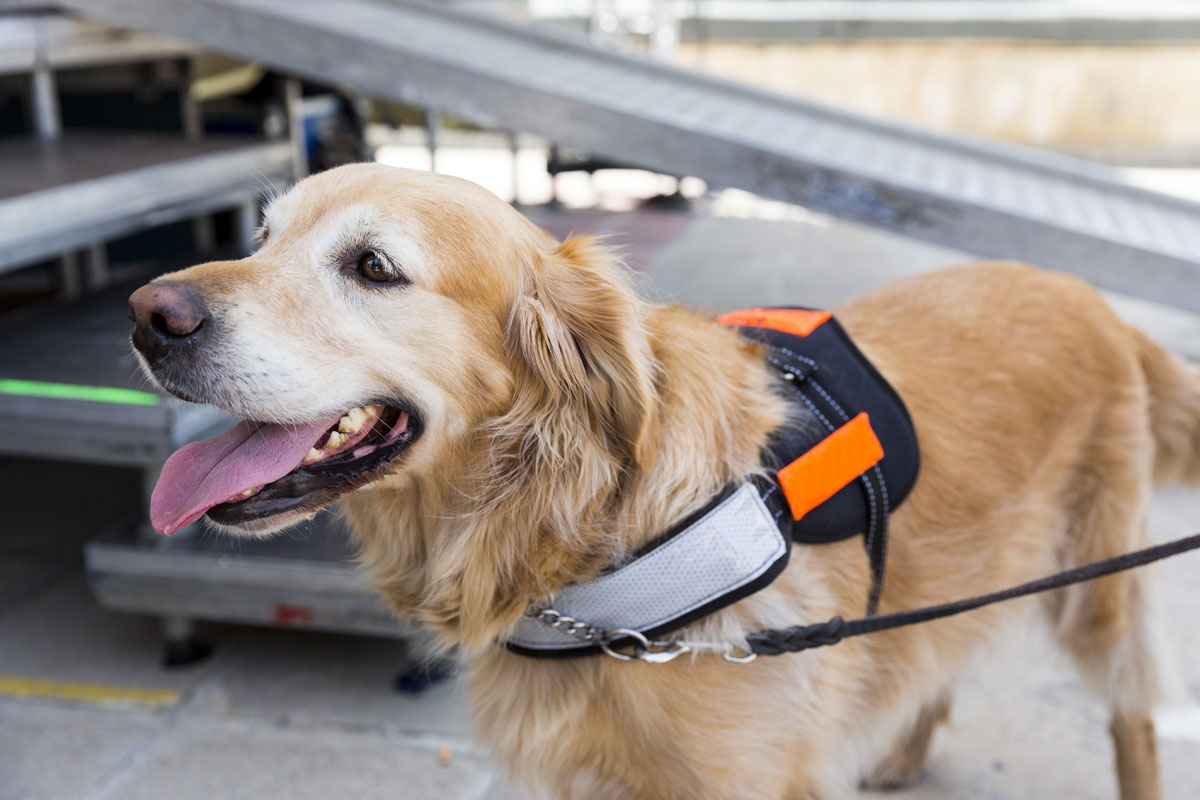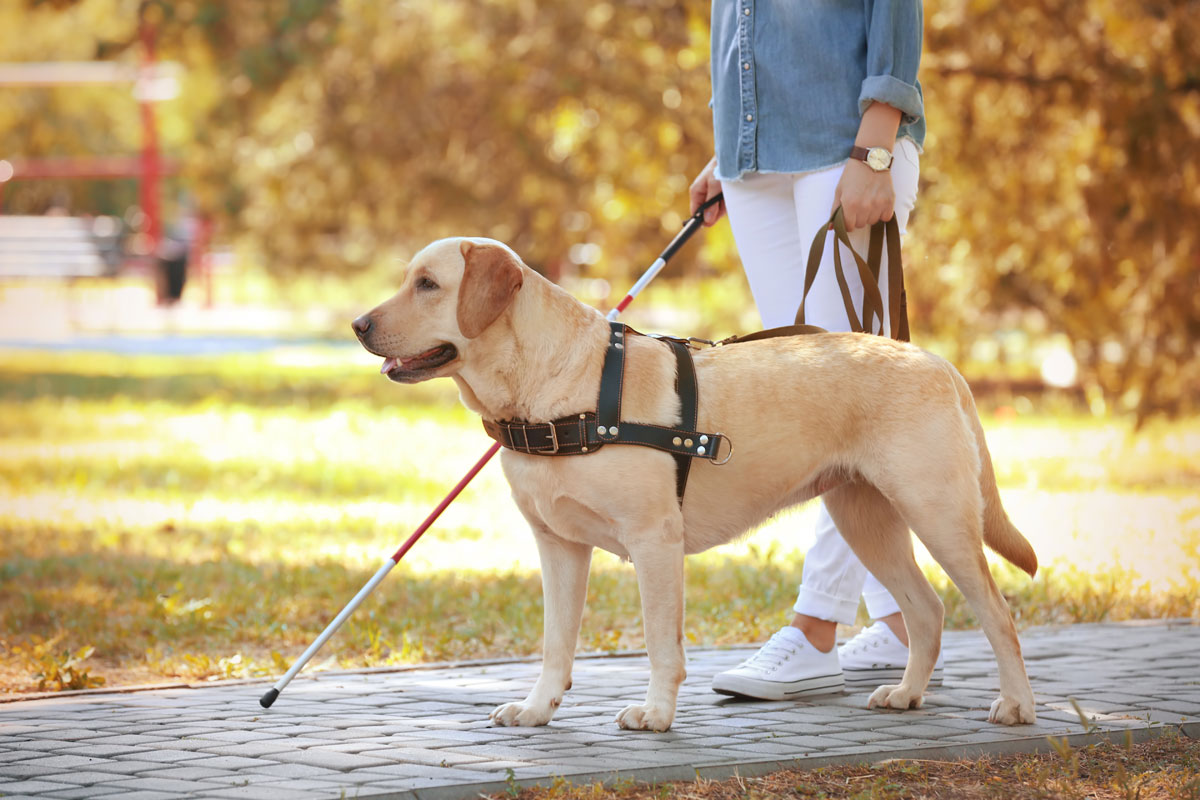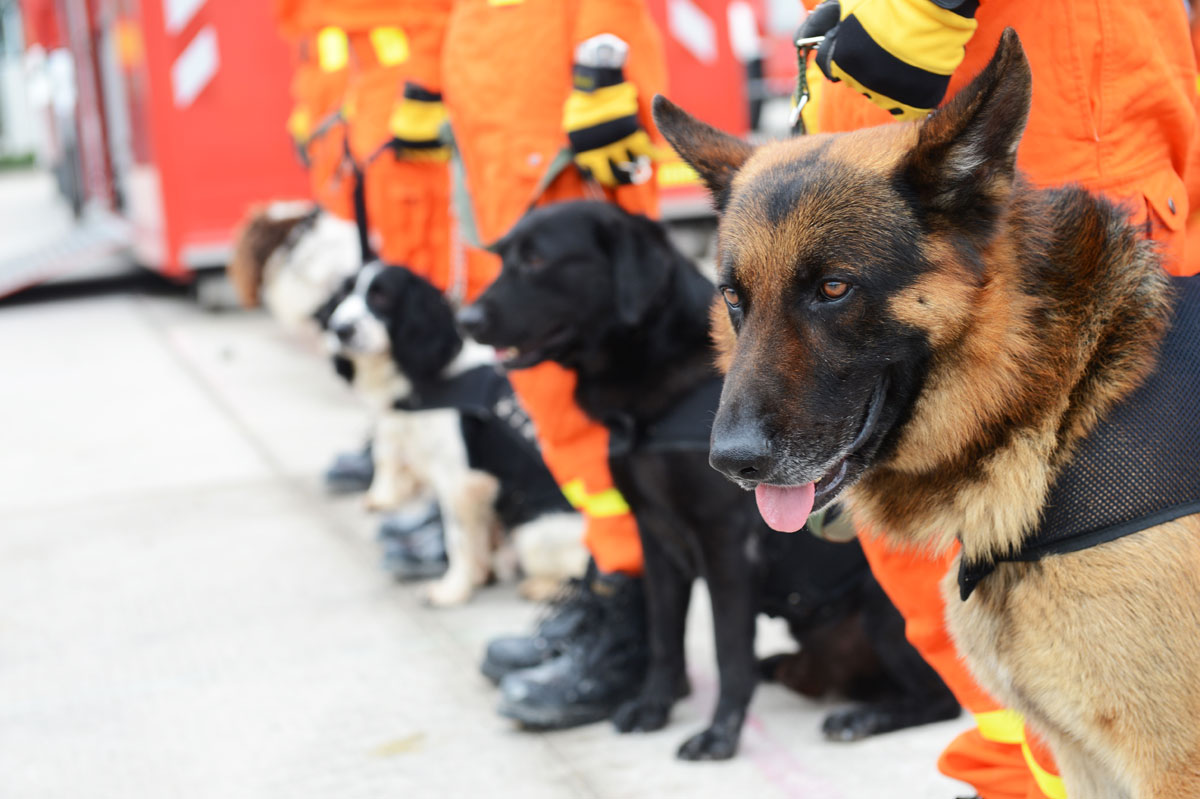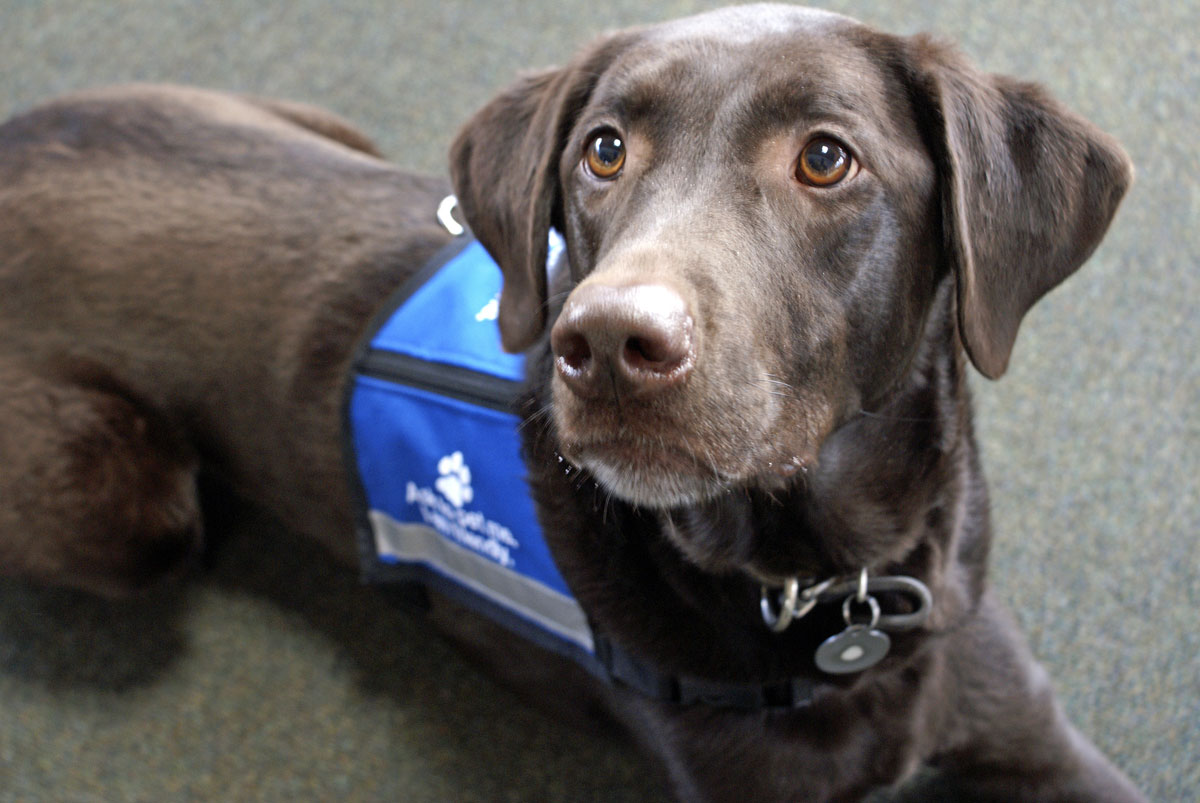
Service, Working, and Therapy Dogs: What's the Difference?
We mostly view our dogs as loyal companions, but they can be so much more! With the right training, dogs are smart enough to be helpers, life-savers, and uplifters. These types of special dogs have different designations — service, working, or therapy — depending on the jobs they have been trained to do.
The Different Types of Dogs with Jobs
Service Dogs
According to the Americans with Disabilities Act (ADA), service dogs are any dogs that have been trained to specifically assist an individual with accessibility needs. Service dogs perform daily tasks for individuals that they cannot do themselves. For example, hearing dogs make their handlers aware of sounds like the doorbell or alarms; guide dogs help blind people find their way around the world; service dogs help individuals in wheelchairs access items or perform tasks they cannot; and medical alert dogs help protect individuals with unpredictable illnesses like epilepsy.
Service dogs undergo special training, which can take up to two years for the training, testing, and certification. Bad habits can be difficult to “unteach,” so it’s essential that dogs train with a reputable service dog trainer who is a fully accredited member of a certified training company such as Assistance Dogs International.
Since they undergo rigorous training and are essential to the wellbeing of their handlers, service dogs are allowed with their handlers in public spaces, as long as they do not act aggressively.


Working Dogs
Working dogs are trained to perform tasks for a specific purpose, other than enhancing accessibility for a specific individual. The working dogs with which you’re probably the most familiar are police dogs that help law enforcement and herding dogs that protect their flocks, but there are all sorts of working dogs trained to perform a variety of jobs to help their human companions.
For example, search and rescue dogs are used in missing persons cases, emergencies, and natural disasters to help rescue teams locate people fast. Explosive detection dogs work with the police, military, and the Transportation Security Administration (TSA) to detect and locate hazardous materials. Allergy alert dogs are trained to protect their handlers by sniffing out specific allergens, like peanuts, in everyday situations. Working dogs have even been trained to detect cancer cells in humans with incredible accuracy.
Most working dogs use a keen sense of smell to protect their handlers and help their human companions carry out important jobs. For this reason, breeds with exceptional noses, like bloodhounds and German shepherds, are often chosen for these tasks.
Therapy Dogs
According to the International Association of Canine Professionals, there are a couple of different types of therapy dogs, but all of them are considered pets and are not provided public access under the Americans with Disabilities Act (ADA).
The first type is group therapy dogs, which have been trained to work with groups of people, providing outreach and support such as to those spending time in hospitals, in assisted living facilities, or in prisons. For these dogs, early socialization is an essential part of their training, as reacting calmly to new people, loud noises, affection, and unpredictable situations is important for their ability to function as therapy dogs.
There are also emotional support dogs that provide comfort, companionship, therapy, emotional support, or therapeutic benefits to individuals suffering from depression and a variety of anxiety disorders. It’s not necessary for emotional support dogs to undergo any special training and the ADA does not permit them in public spaces like it does for service dogs. With a doctor’s letter, emotional support dogs are permitted to live in housing where pets are not normally permitted and depending on the specific airline’s policies, they are also usually allowed passage on airplanes with proper documentation.











